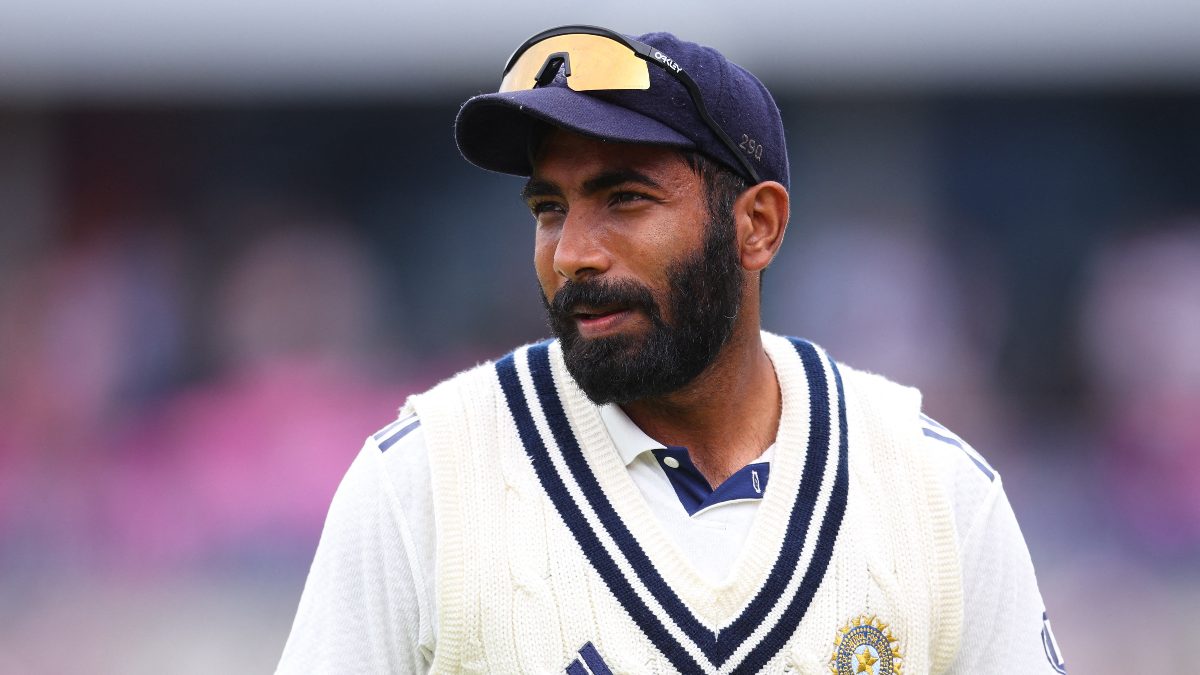Cricket faces a wide variety of issues in the current age, from a cramped schedule taking a toll on a player’s physical and mental well-being to declining standards of the game in some Full Member nations, especially in the Test format. There is, however, one issue that supersedes everything else and could potentially bring the sport to a screeching halt.
We are of course, going down to the very basics for this one, with cricket suddenly finding itself facing the prospect of a shortage when it comes to a key component – the bat.
According to a report on Daily Mail, cricket equipment manufacturers simply aren’t able to procure enough wood to make bats due to a shortage of trees – or at least the kind that are integral to the manufacturing process.
IPL-led boom or climate change? What exactly is to blame?
While Kashmir willow has a major contribution towards the bat manufacturing industry with around two million clefts produced each year, English willow remains cricket’s wood of choice for its quality, especially when it comes to playing the game at professionally at higher levels.
The shortage of bats, however, is the result of two factors – the time it takes for English willow (Salix Alba) as well as the massive rise in demand led by the boom of the Indian Premier League and the resulting rise of T20 leagues across the world.
An English willow typically takes anywhere between 12 to 20 years to reach full development before it can be taken down and reduced to bat-sized pieces. Which means that some of the willow saplings planted by British manufacturer JS Wright & Sons, which claims to account for “75 per cent of the world’s cricket bats”, around the the time inaugural T20 World Cup and the IPL took place are still in development.
Cricket has undergone a complete upheaval in the last 18 years, to the point where the 20-over format has far surpassed Tests and ODIs in terms of popularity even if the five-day, red-ball format remains the pinnacle of the game and the 50-over World Cup its showpiece event.
Impact Shorts
More ShortsAnd the surge of T20 leagues across the world thanks to IPL’s success story as well as the increasingly cramped international calendar has led to an unprecedented demand for quality bats that manufacturers simply aren’t able to keep up with.
The report also mentions climate change as a factor that is adding to the headache of the sport’s administrators. Milder winters in the United Kingdom in recent years, after all, has led to an accelerated growth in some trees, but that isn’t necessarily good news for the sport.
According to the report, faster growth results in bats with wider grains that take longer to knock in, unlike the narrower-grain bats that are the preferred version.
Is there a solution in sight?
Australian pacer Dennis Lillee use of an aluminium bat against England in Perth in 1979 might have been a handy option for cricket’s administrators, had the incident not caused such a controversy at the time.
"No, Dennis, you are not batting with THAT!"
— Nimish Dubey (@nimishdubey) July 31, 2025
His brother is better known for captaincy, but Greg Chappell could be pretty tough too. Dennis Lillee discovered that when Greg stormed on to the pitch at Perth in 1979 and told him he could not use an aluminium bat (YES)! pic.twitter.com/U3YSVgwM6x
Other options such as poplar and bamboo have been tried, but the wood isn’t nowhere as durable as English willow for it to be utilised in the sport, especially at the higher levels. There have also been experiments with growing English willow in other nations such as Australia and New Zealand, but to no avail. The tree simply has to be grown in the UK…
One possible solution to the explosion in demand, which has led to a steep rise in bat prices that have made the sport relatively unaffordable in recent times, is to have laminated bats – an English willow-face backed by lower-grade wood or inserting high-density foam between two strips of wood.
The Marylebone Cricket Club, the owners of the iconic Lord’s Cricket Ground and the custodians of the laws of the game, will have to sit and decide whether such moves will be fair to the bowlers or not, even if they do ease some of the headache for the manufactuers.


)

)
)
)
)
)
)
)
)



